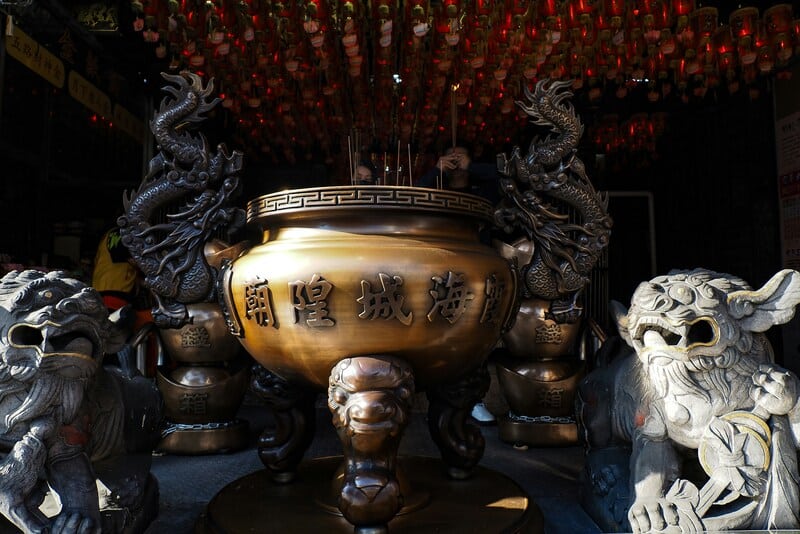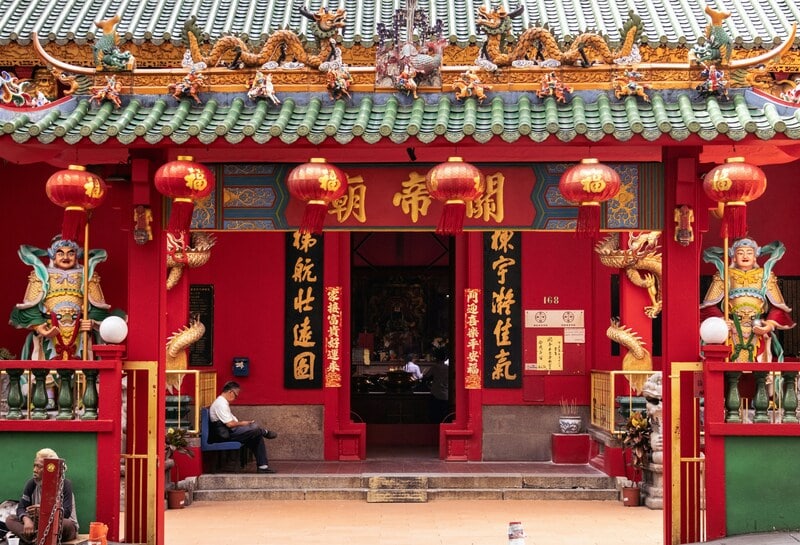For over 2,000 years, Taoism, a religious and philosophical tradition, has influenced China’s way of living. Compared to another popular Chinese tradition, Confucianism, Taoism embodies an accepting and carefree attitude. Although Confucianism prioritizes austerity and pragmatism, Taoism involves occult and metaphysical concepts, which are theories explaining reality’s nature. Furthermore, Confucians are more likely to acknowledge metaphysical concepts as secondary forces, contrasting Taoists, who fully embrace them as fundamental.
Religious and Philosophical Taoism
Generally, Taoists follow various philosophies, including Zhuangzi, Liezi, Tao te Ching, and other related texts. Not only do they embrace these philosophies, but they also follow the Taoist religion centered around ritual Tao worship. Furthermore, Taoism runs deep in Chinese culture, connecting Confucianism and folk traditions. Historically, it has been more popular than Confucianism and more defined than folk religion. This distinction allows Taoism to occupy a unique position of being the “middle ground” in China’s religious landscape.
Numerous Asian cultures, including Korea, Japan, and Vietnam, have embraced Taoism as a dominant philosophy and religion. Moreover, its various practices were spearheaded by Chinese immigrants and travelers, allowing Taoism to influence these cultures. Historically, Chinese and Western scholars separated Taoism into a religion (taojiao) and philosophy (Taojia) involving mystics as they mistakenly assumed the latter came first. What’s more? Key texts within the Zhuangzi, Liezi, and Tao te Ching aren’t foundational in pure Taoism but were included in broader traditions.
Taoism and Confucianism
Scholars have found connections between Taoism and Confucianism as they share similar ideas involving society, governance, the universe, and humanity. These concepts originated from a common heritage, predating Confucius and Laozi. Specifically, Confucianism centered on political and moral systems to shape society, particularly the Chinese empire. Conversely, Taoists offered complementary perspectives due to their exploration of personal and metaphysical concepts.
Taoism and Buddhism
Another popular Chinese religious tradition is Buddhism and it doesn’t share the same views as Taoism. Indeed, Buddhists tend to have differing views on fundamental concepts, including the nature of reality and the ego of an individual. Nonetheless, these differences didn’t hinder their progression. Instead, both Chinese religions would borrow from one another, allowing them to develop similarities over time.
Despite their popularity, however, Confucianism remained unaffected as it was supported by state patronage. The relationship between the two religions would lead to Buddhist developments such as Chan or Japanese Zen. Since the Song era, 960-1279, worship of Buddhism and Taoism continue to coexist in folk religion, resulting in combined practices.
Tao-te Ching

Laozi is considered the central figure in all forms of Taoism, who authored the Tao te Ching or “Classic Way of Power.”4th-3rd century BCE was the time when Laozi was first mentioned, where he was described as Zhuang Zhou’s teacher. Overall, Laozi’s discourses can be found in the Zhuangzi, presented as conversations with his disciples. The texts also depicted the seven meetings held by Laozi and Confucius, showing Confucius perplexed by Taoism. Furthermore, it recounts Laozi’s death, naming him the senior contemporary of Confucius, a court archivist of the Zhou dynasty, and a celebrated Taoist master.
Ultimately, the Tao te Ching is a handbook for rulers, guiding them to embody sage-like leadership. Laozi believed their leadership should take a subtle approach to allow their subjects to thrive freely. A ruler who embraces inactivity and simplicity creates a peaceful environment for society. Likewise, they should avoid teaching discrimination, ambition, and virtue to prevent artificial complexities as intellect creates problems. Instead, Laozi argued a leader should banish righteousness, ingenuity, and wisdom as people benefit, supporting natural harmony.
Themes of Taoism
Laozi also discusses the “constant Tao” in the Tao Te Ching as ultimately nameless. Ancient Chinese thought suggests that a name implies evaluation and placement within the universe. In Laozi’s words, the Nameless (wuming), the Named (youming), the Nothing (wu) and the Something (you) are interdependent and can outgrow each other. While the Nameless and Tao aren’t identical, the Nothing and Something represents two distinct aspects of the constant Tao. Another factor to keep in mind is that the unseen reveals mysteries while the seen reveals boundaries.
Moreover, Nothing doesn’t represent nothingness but indeterminacy as it lacks perceptible qualities. In fact, Laozi believes that Nothing is superior to Something, while the Void, or empty incipience, contains potentialities and enables the efficacy of Something. A Taoist can allow the Tao to effortlessly act through them by remaining free of obstructing passions and notions, leading to emptiness. Furthermore, Tao’s main characteristic is Spontaneity or Ziran, which helps them govern the cosmos.
Final Thoughts
Taoists believe that Tao is the ultimate creative force of the universe, connecting everything in existence. At its core, Taoism strives to build a relationship between harmony and nature. At the same time, it teaches self-development, calmness, non-strive, passivity, virtue, and spiritual immortality. Additionally, Religious Taoism is typically patriarchal and includes Confucian values, while Philosophical Taoism centers on introspection and individuality. Following this tradition, however, allows Taoists to develop a holistic approach to life by balancing their growth with harmony and nature.




